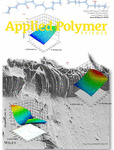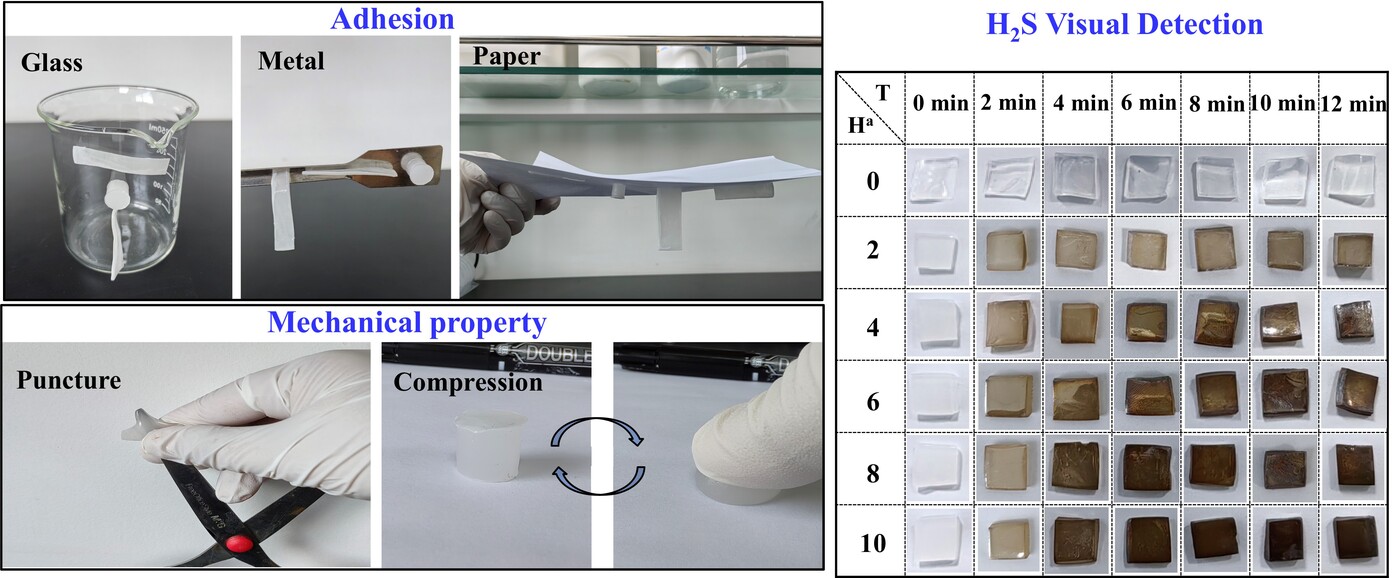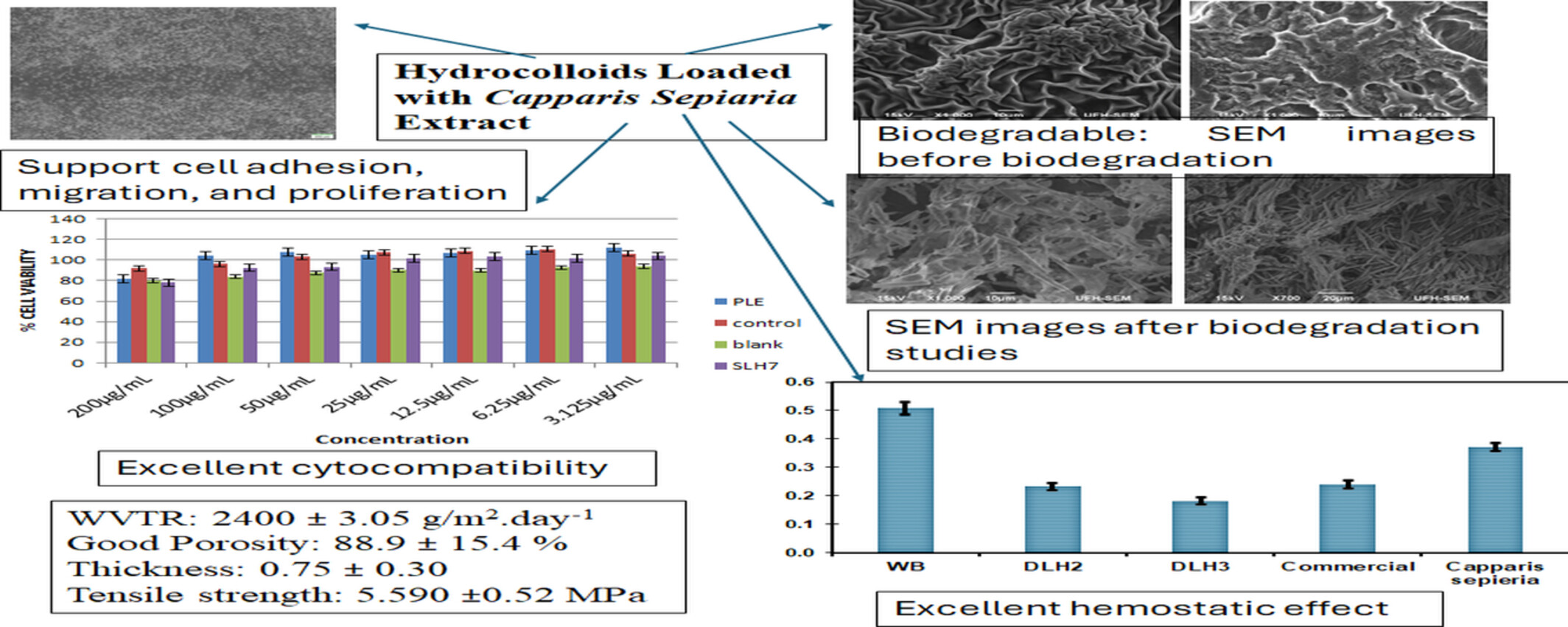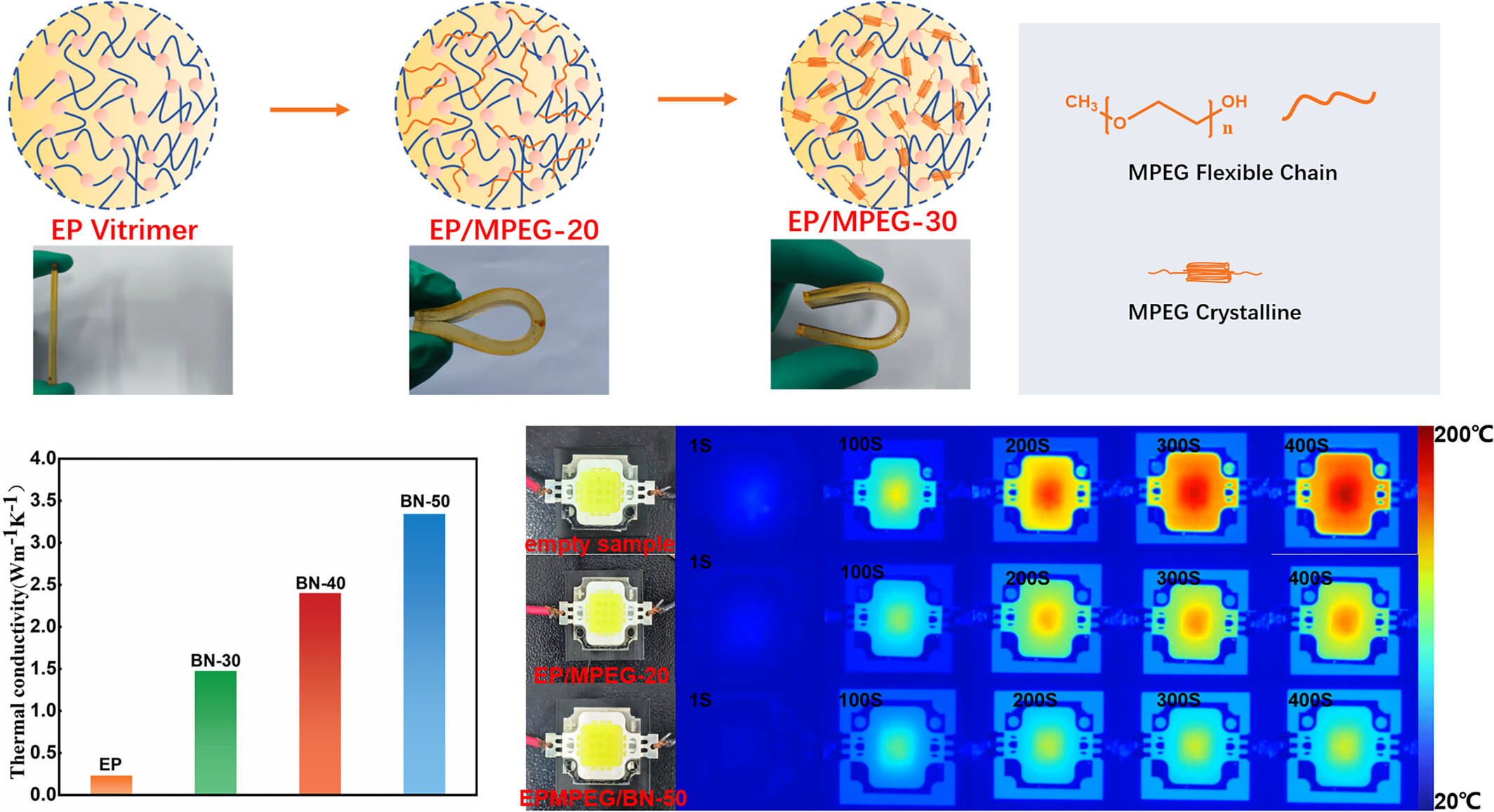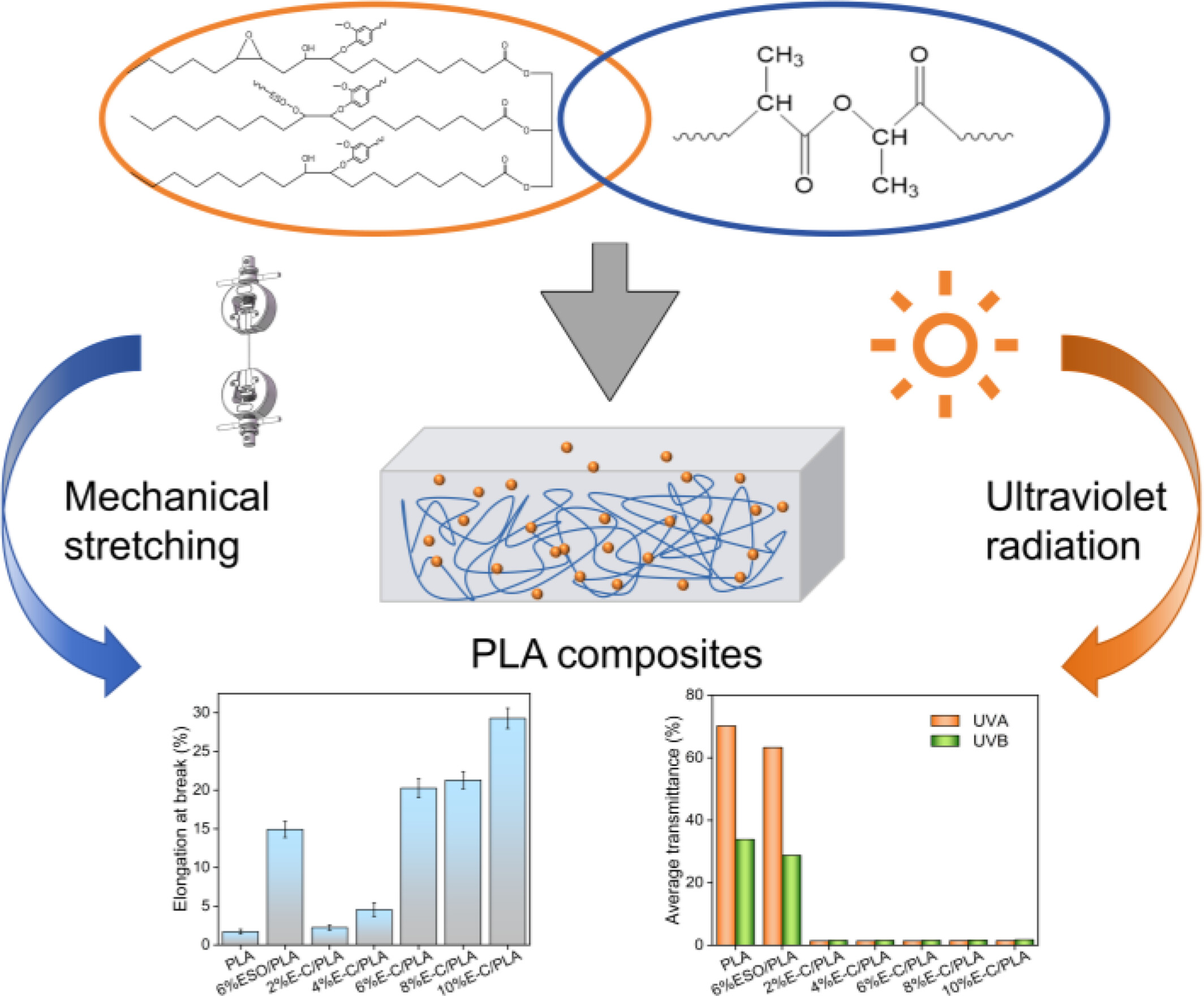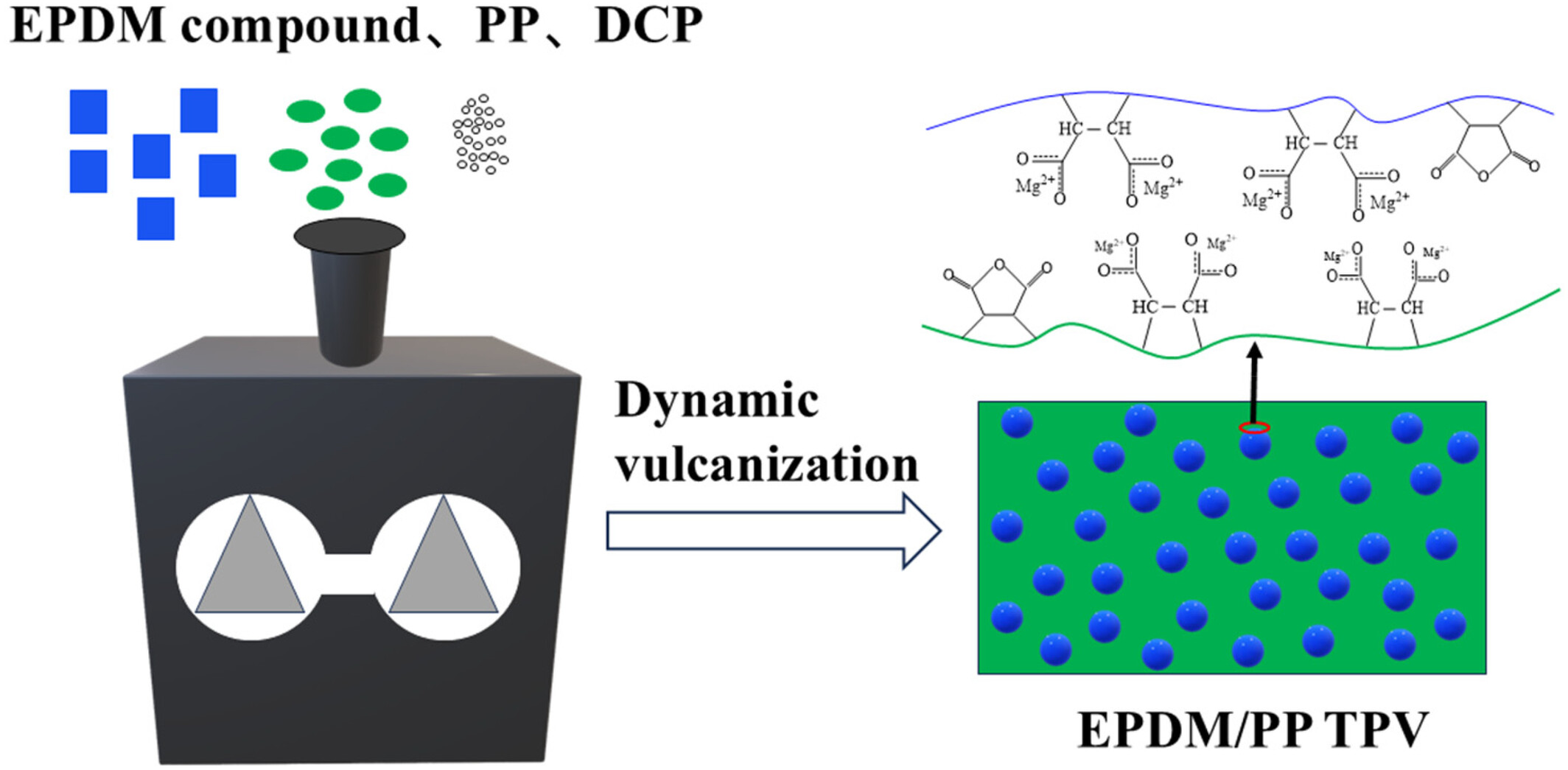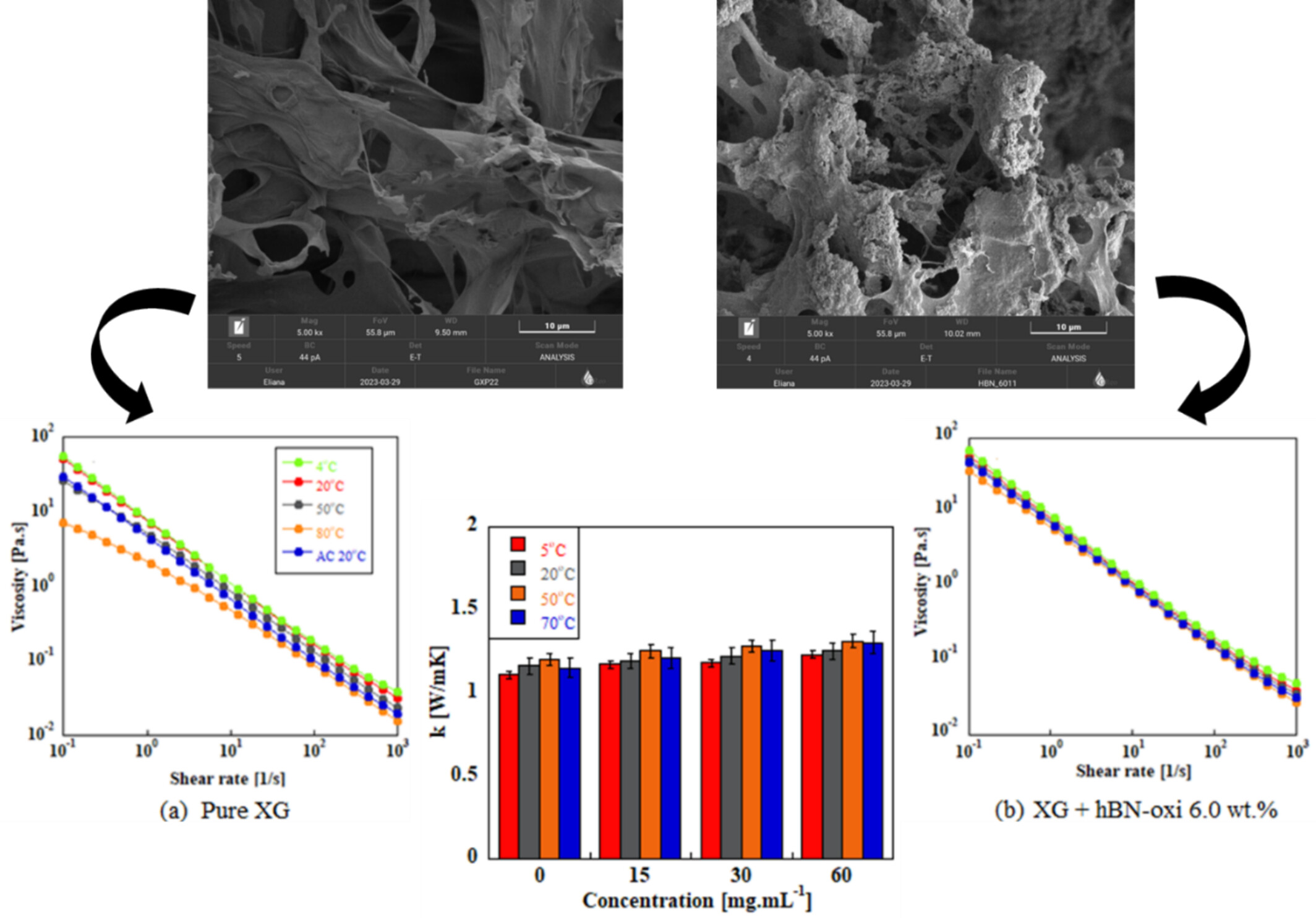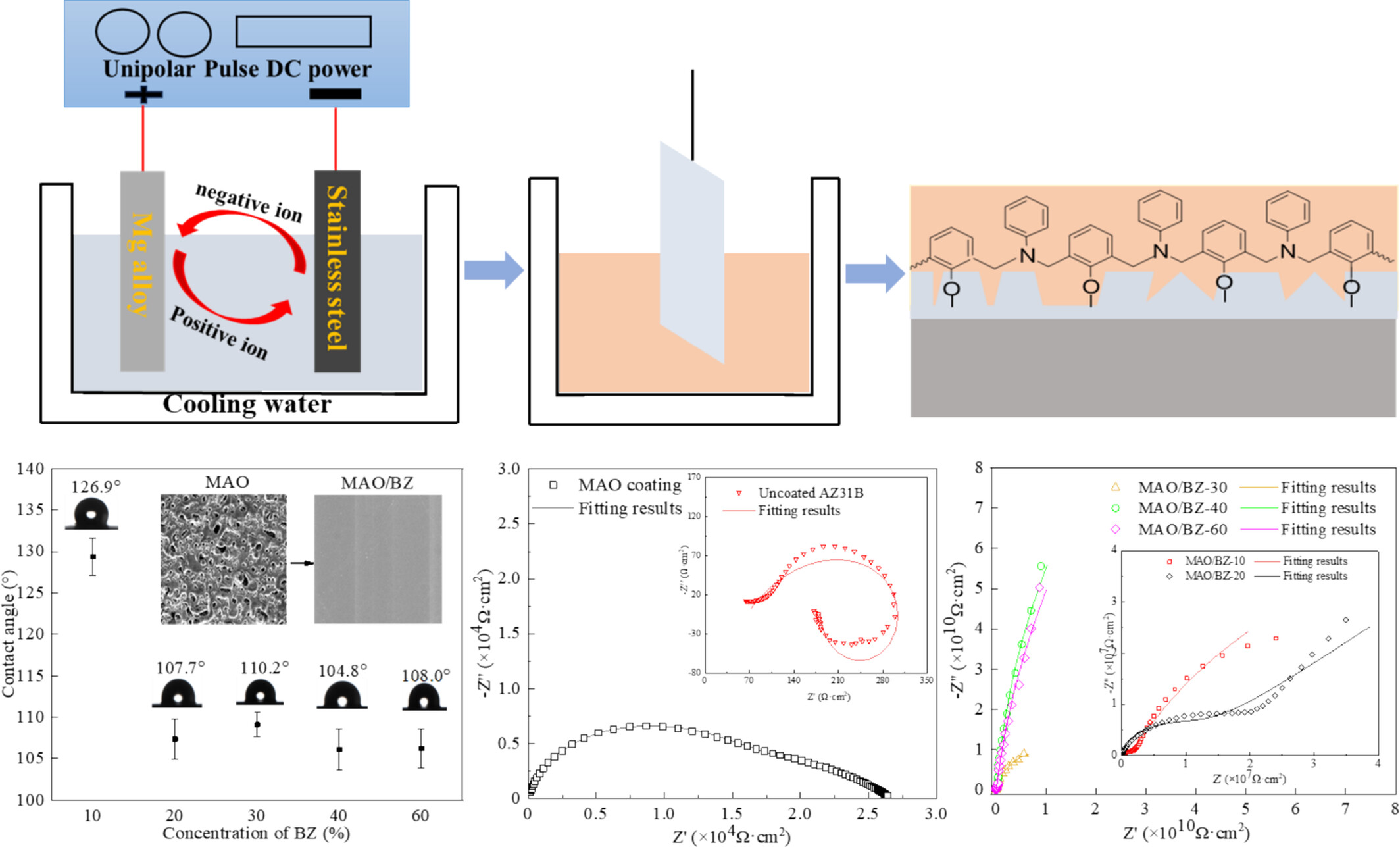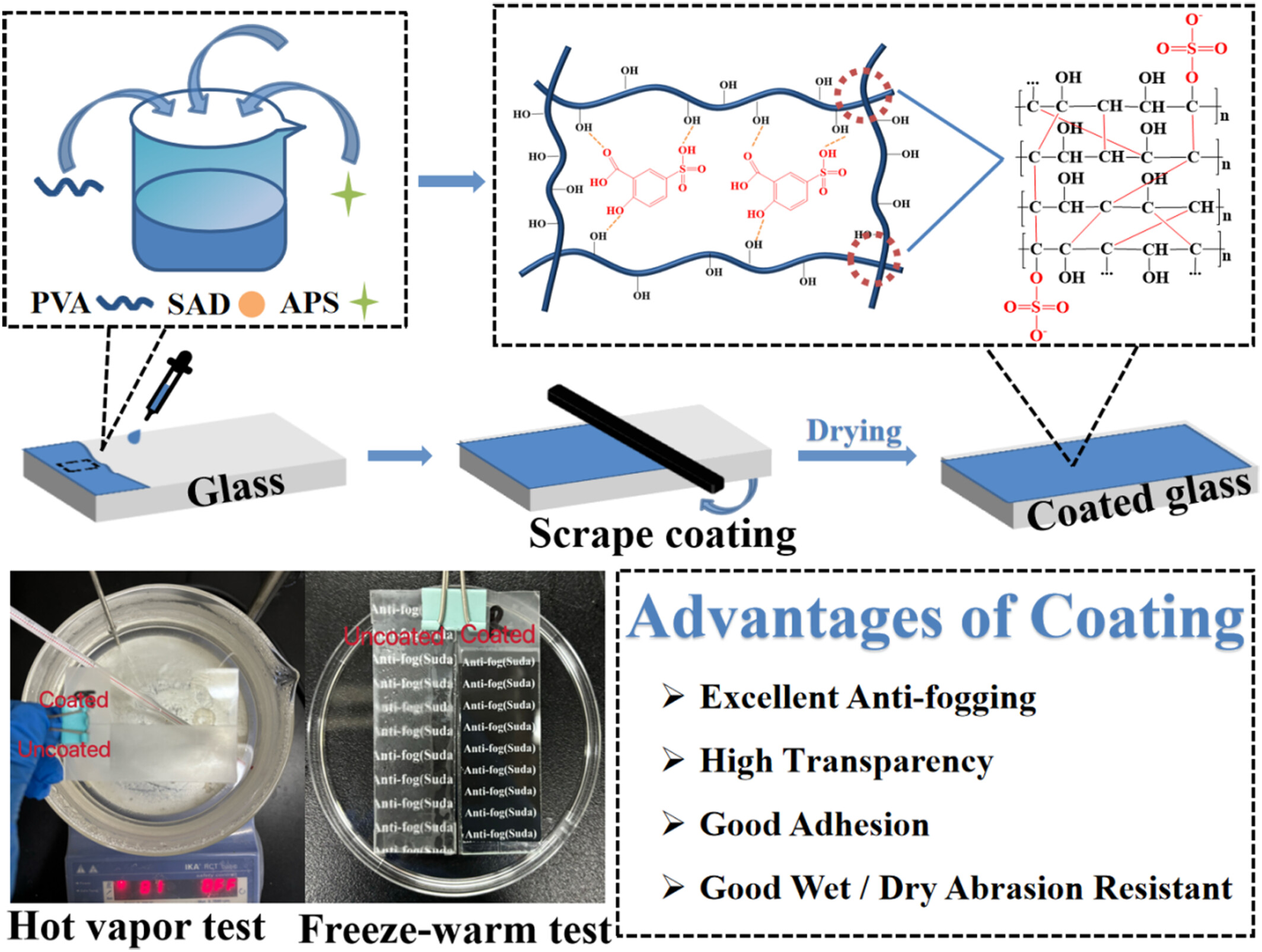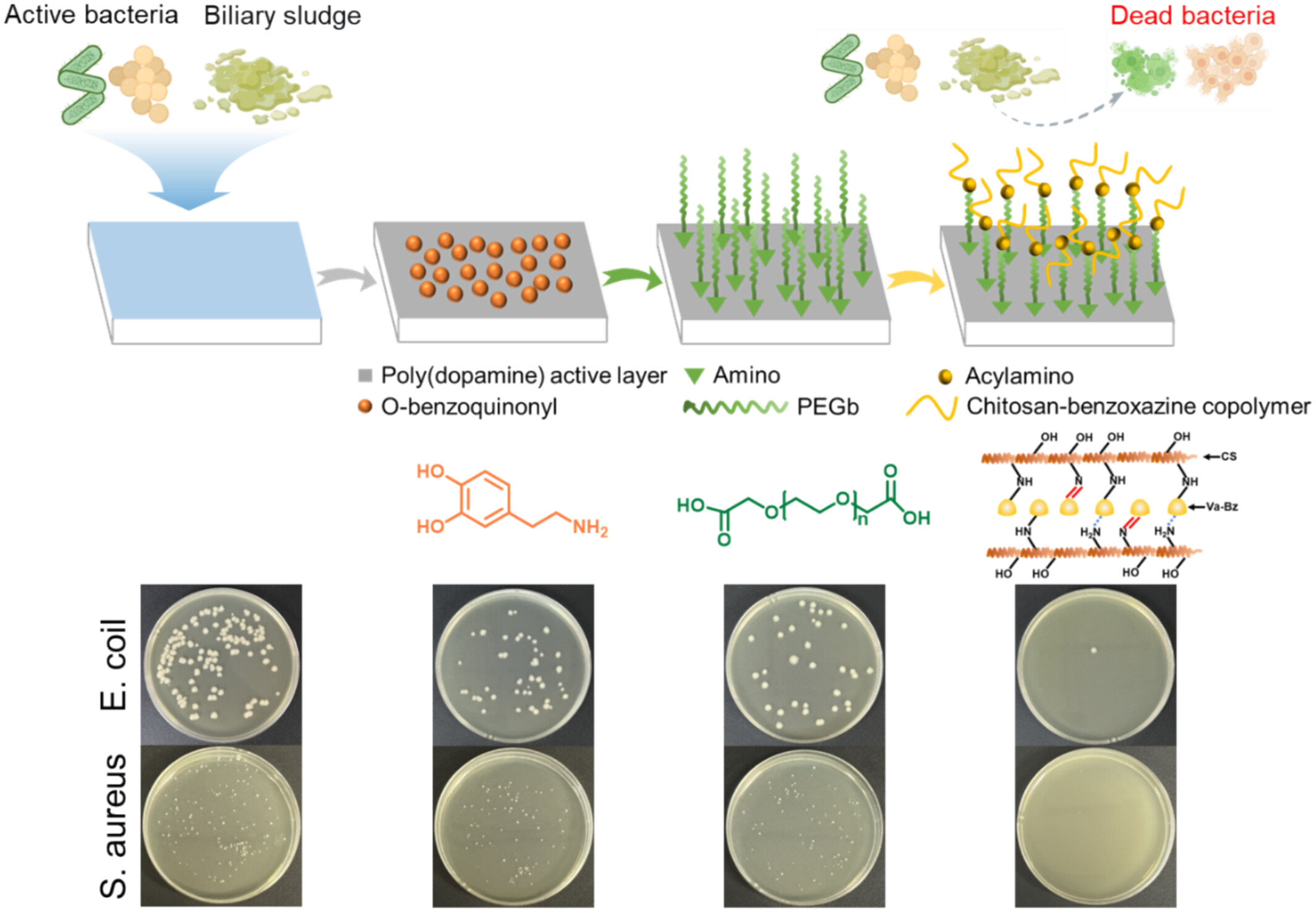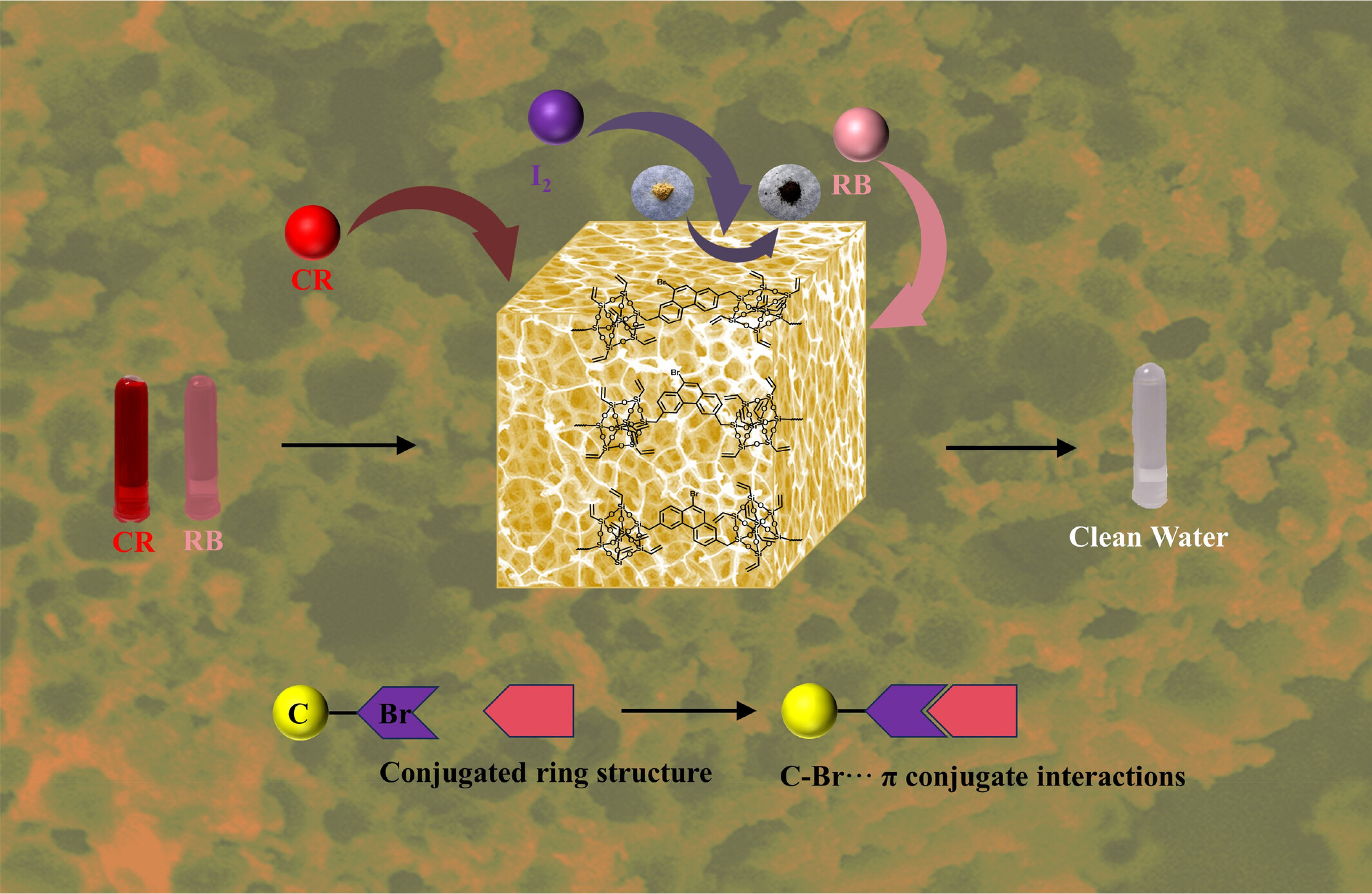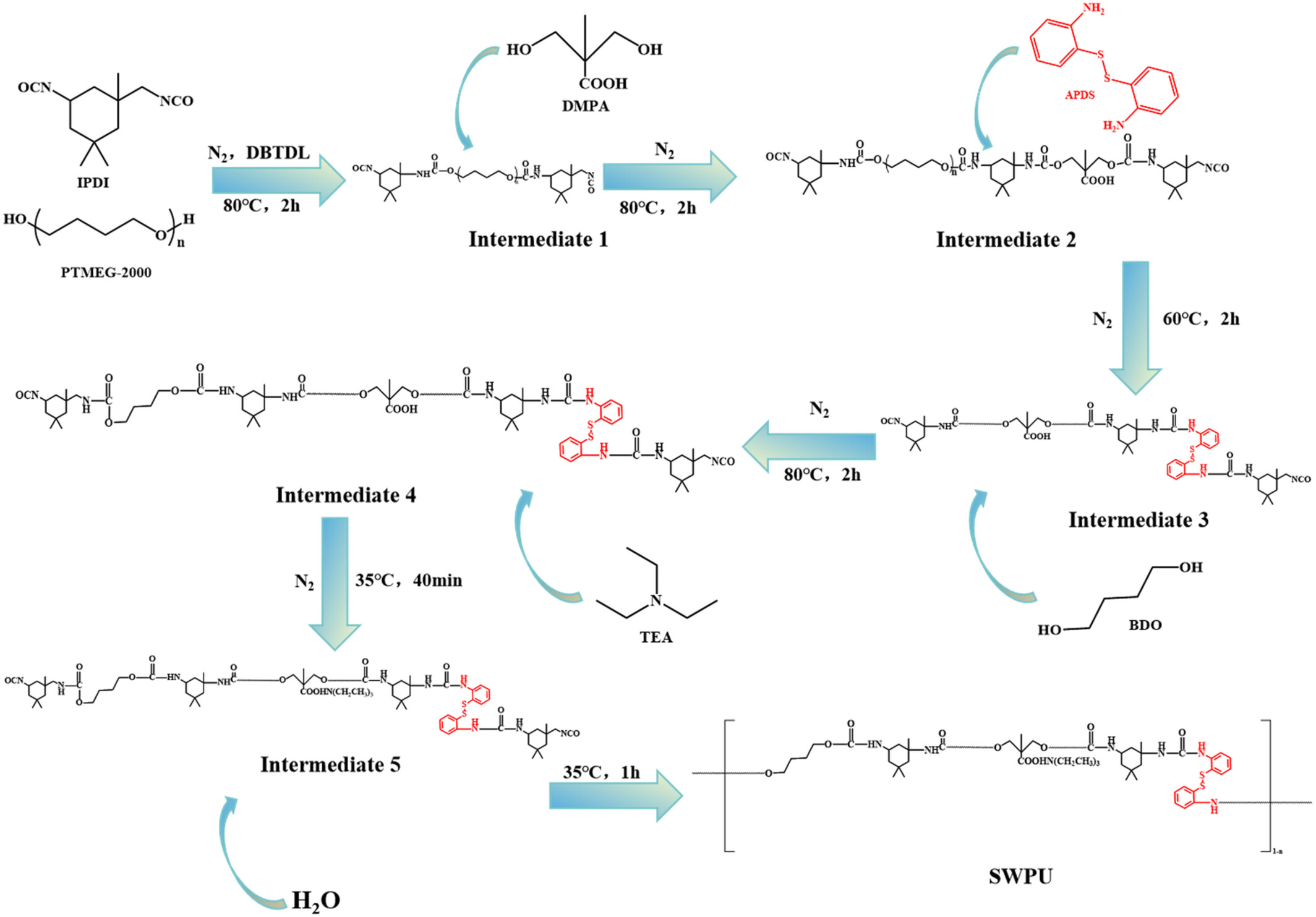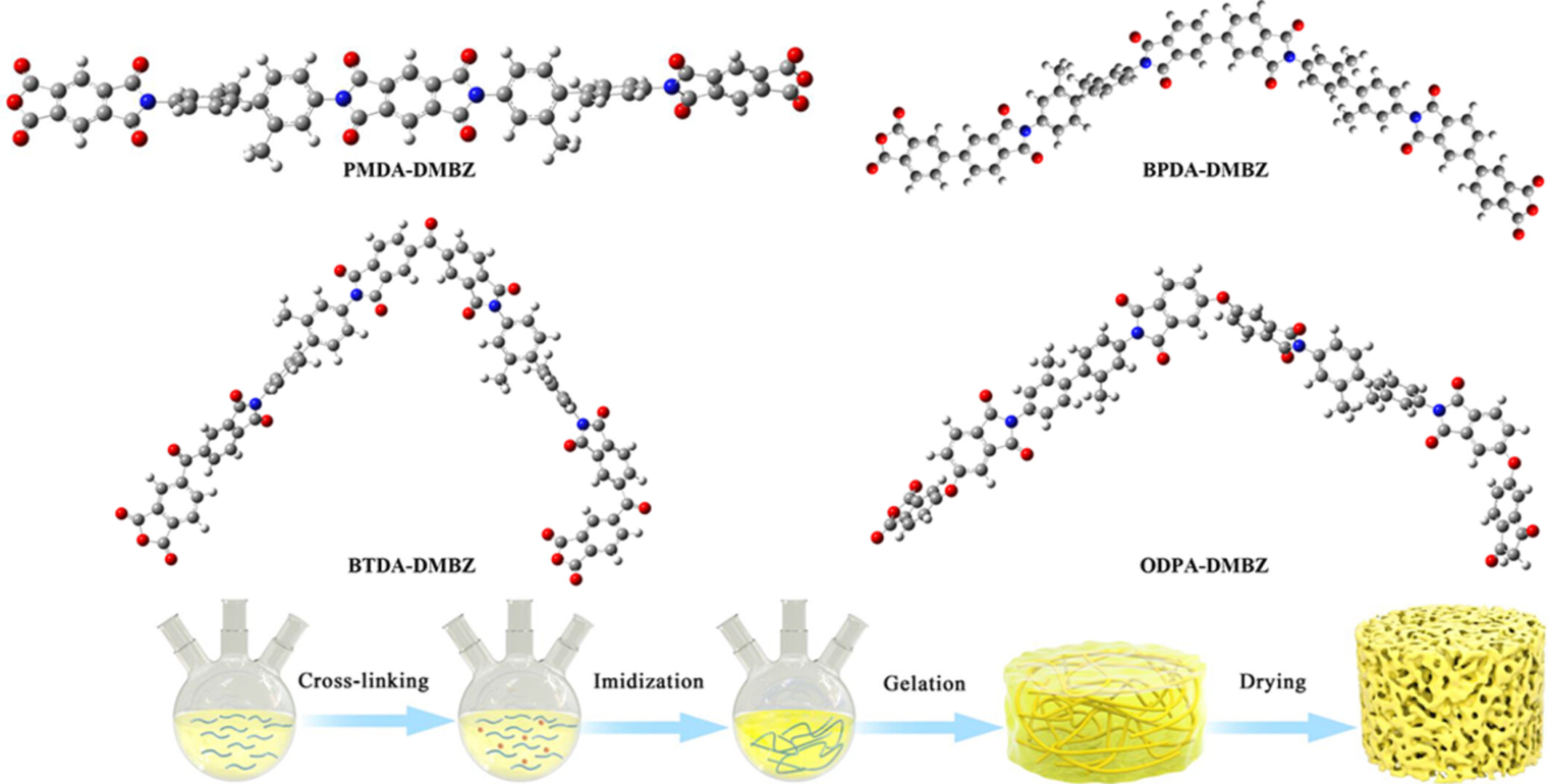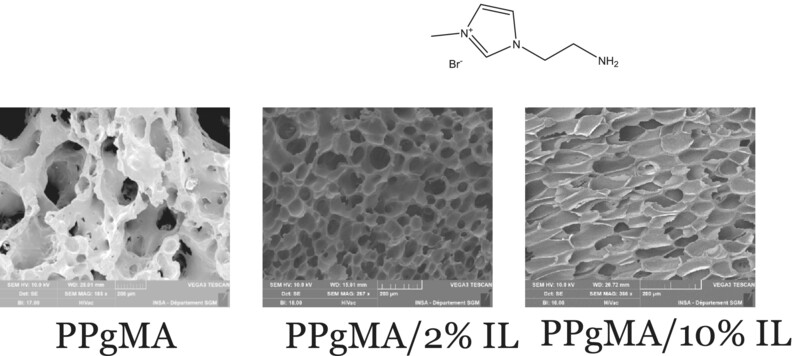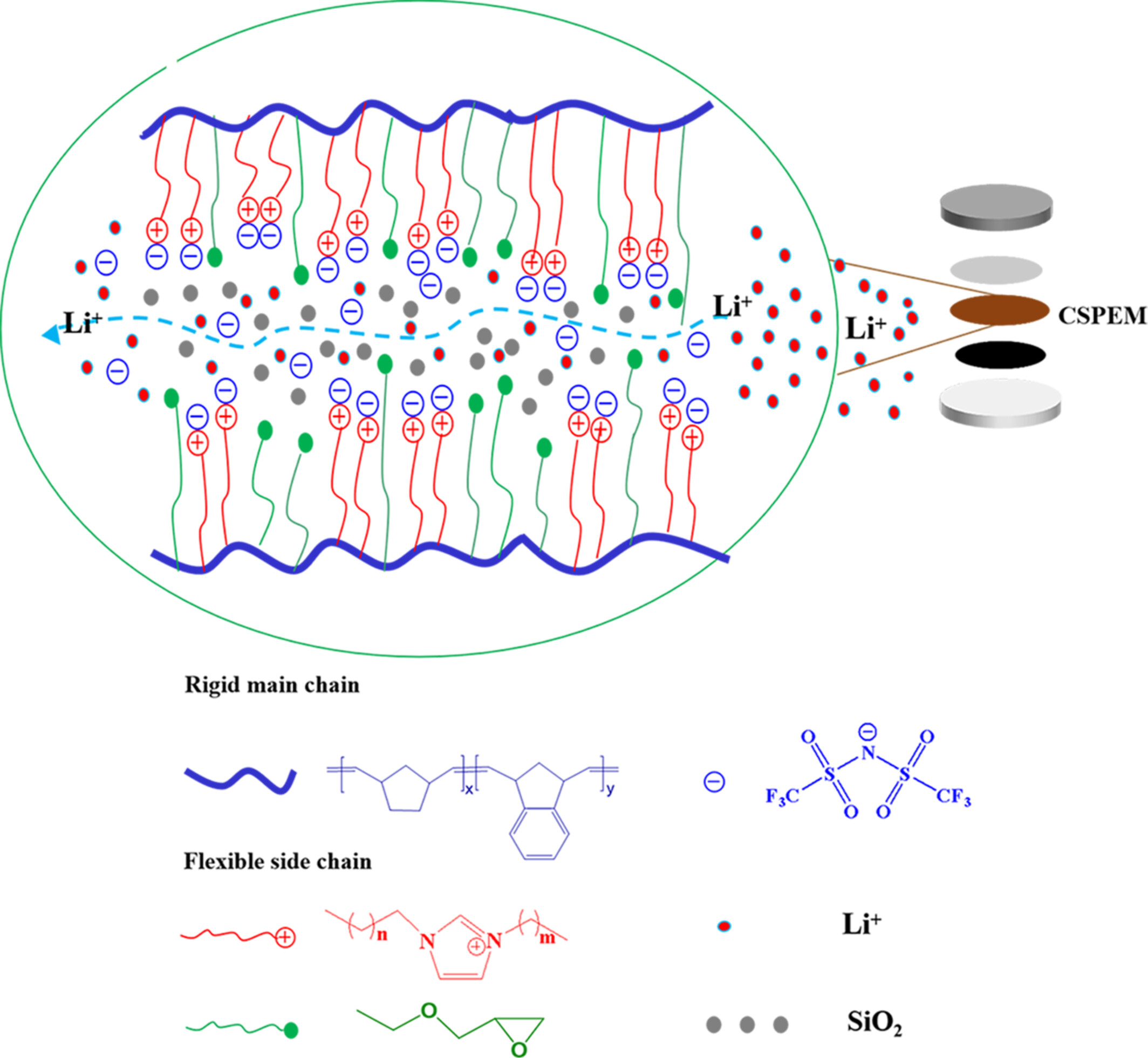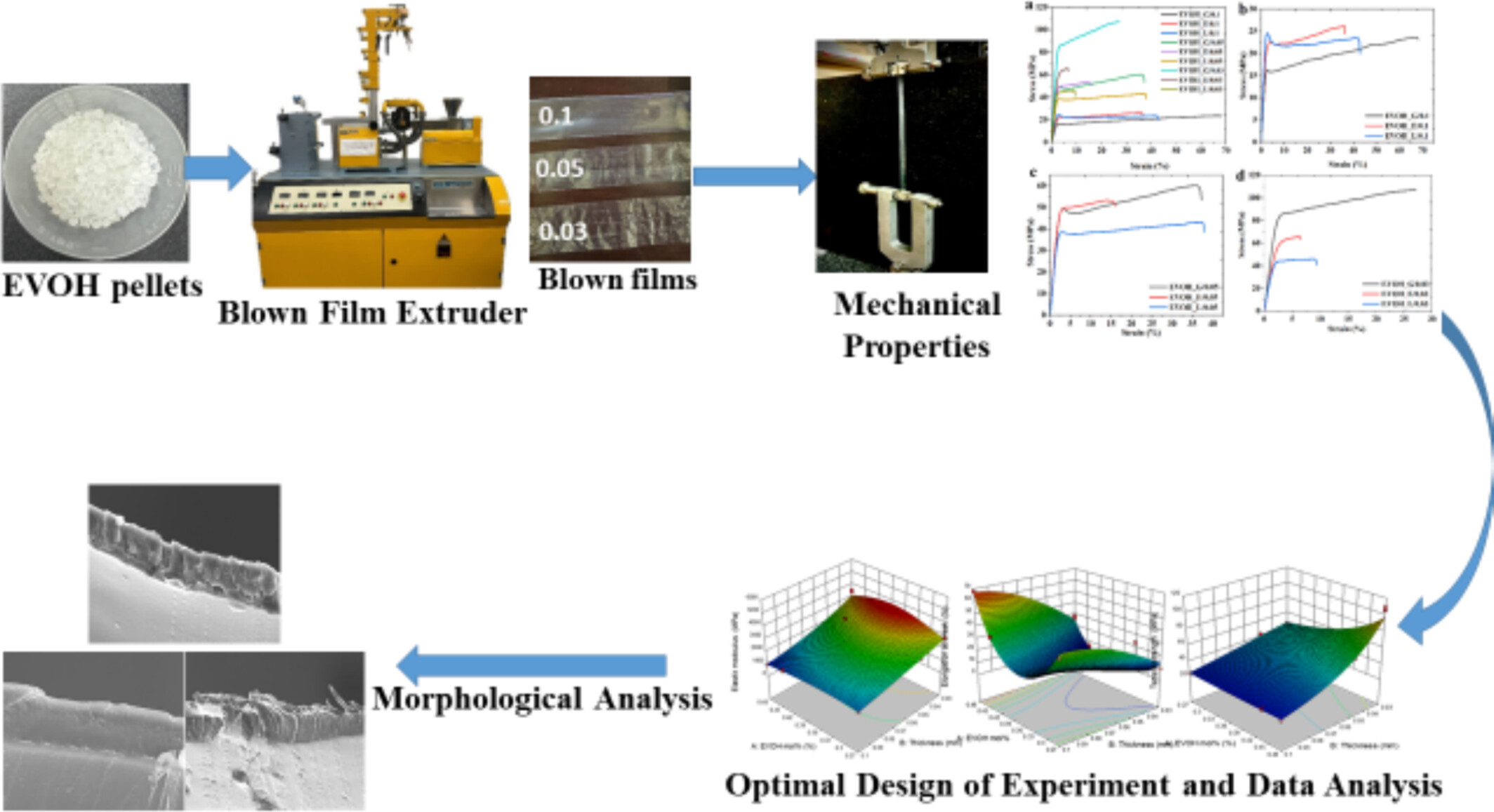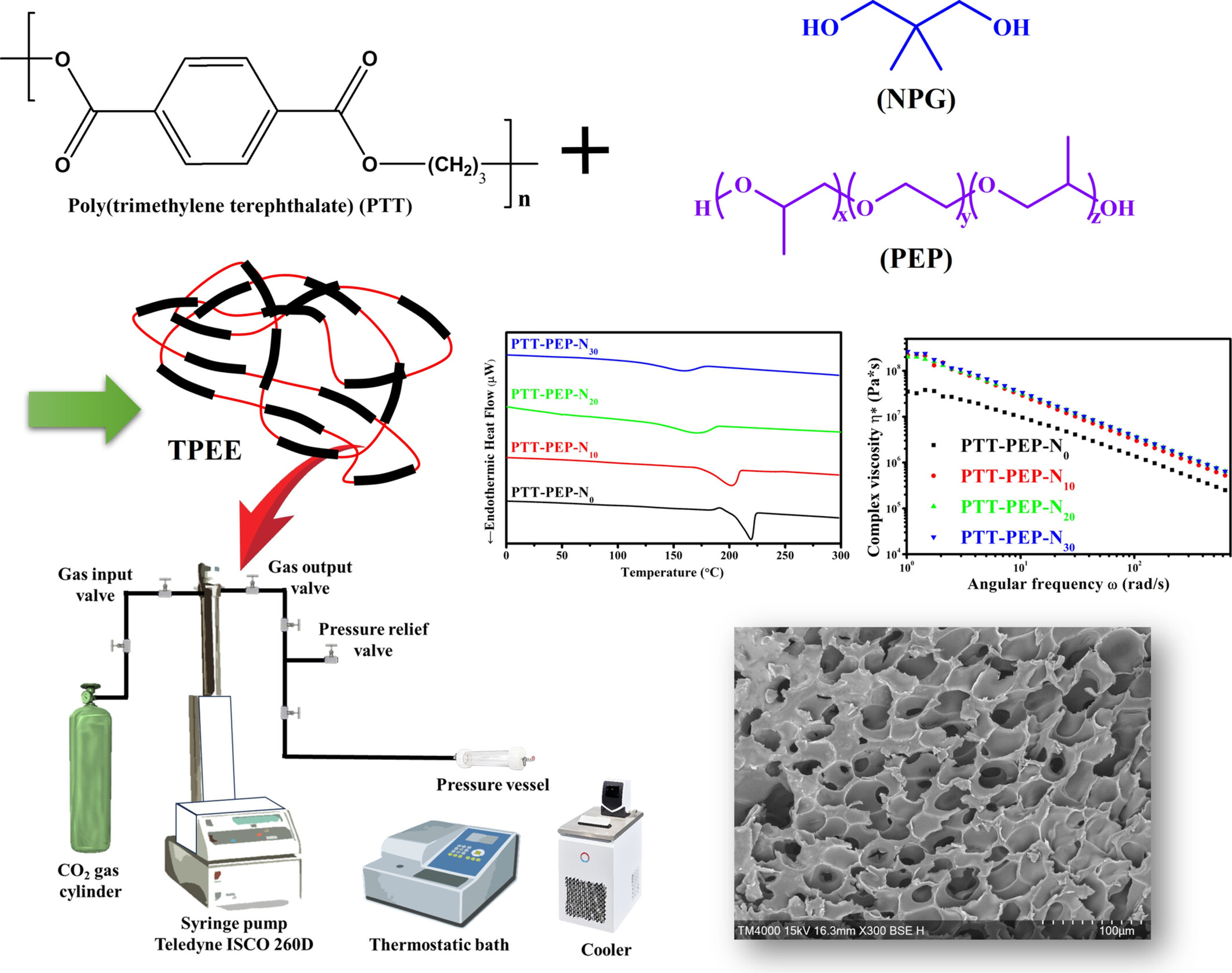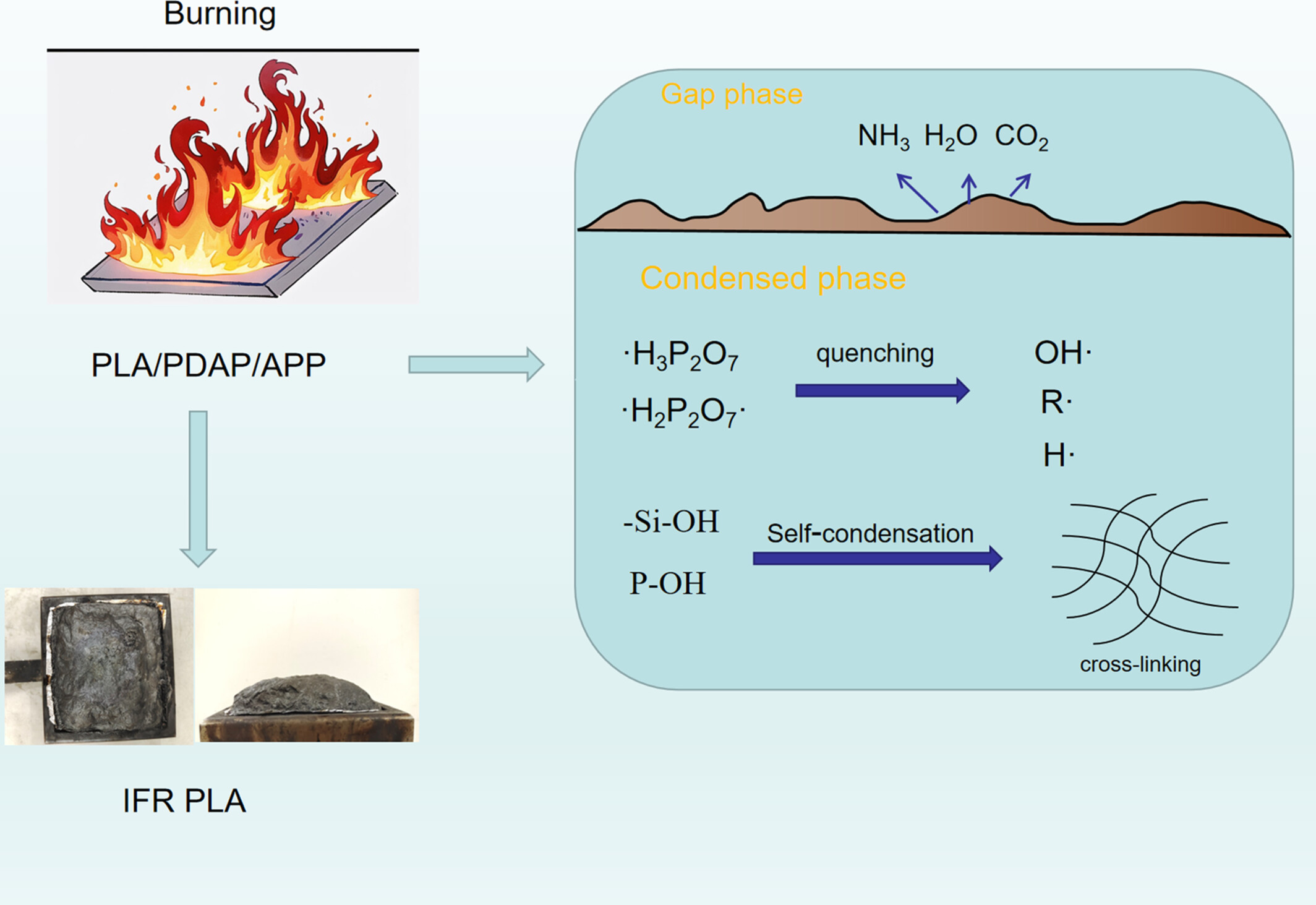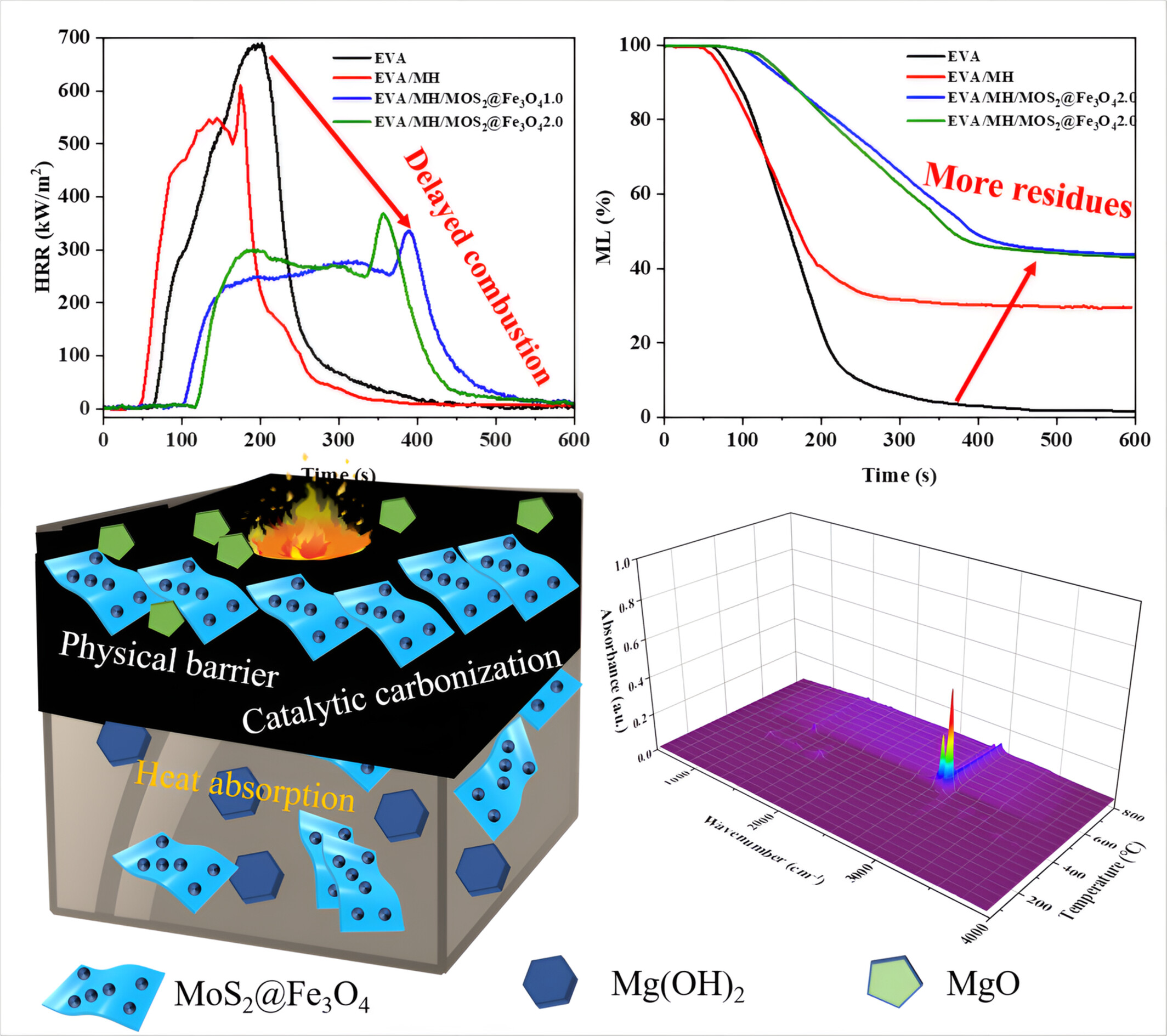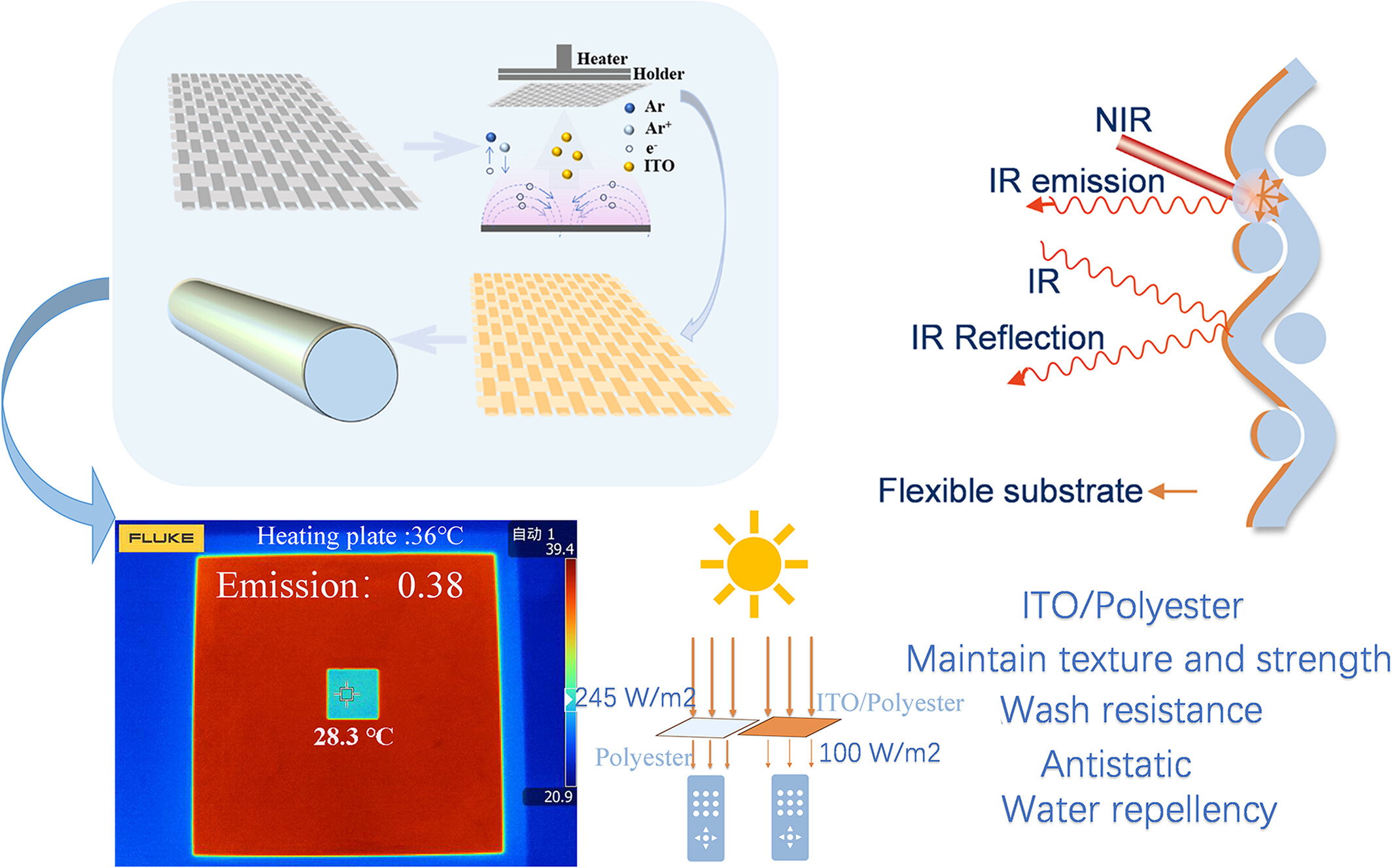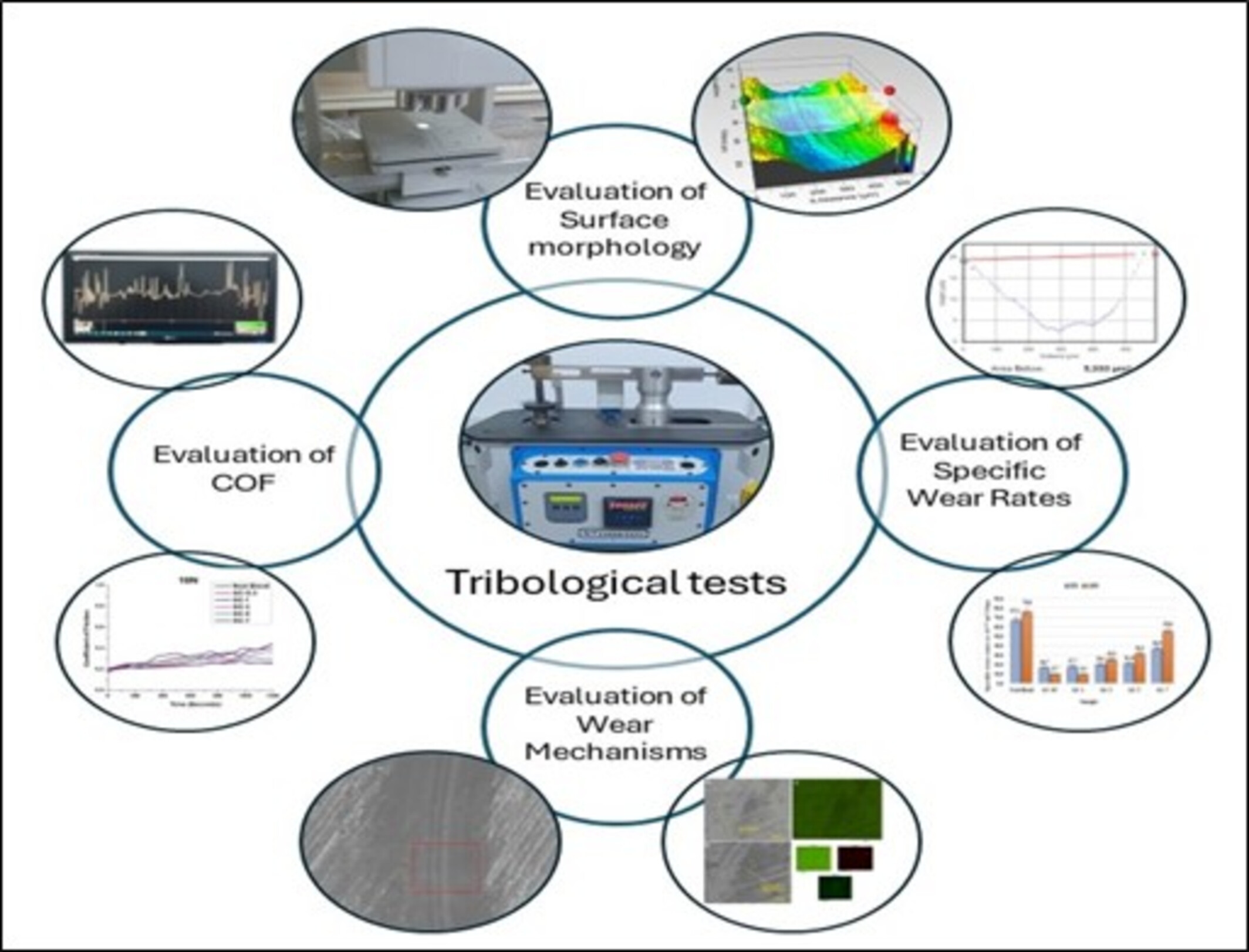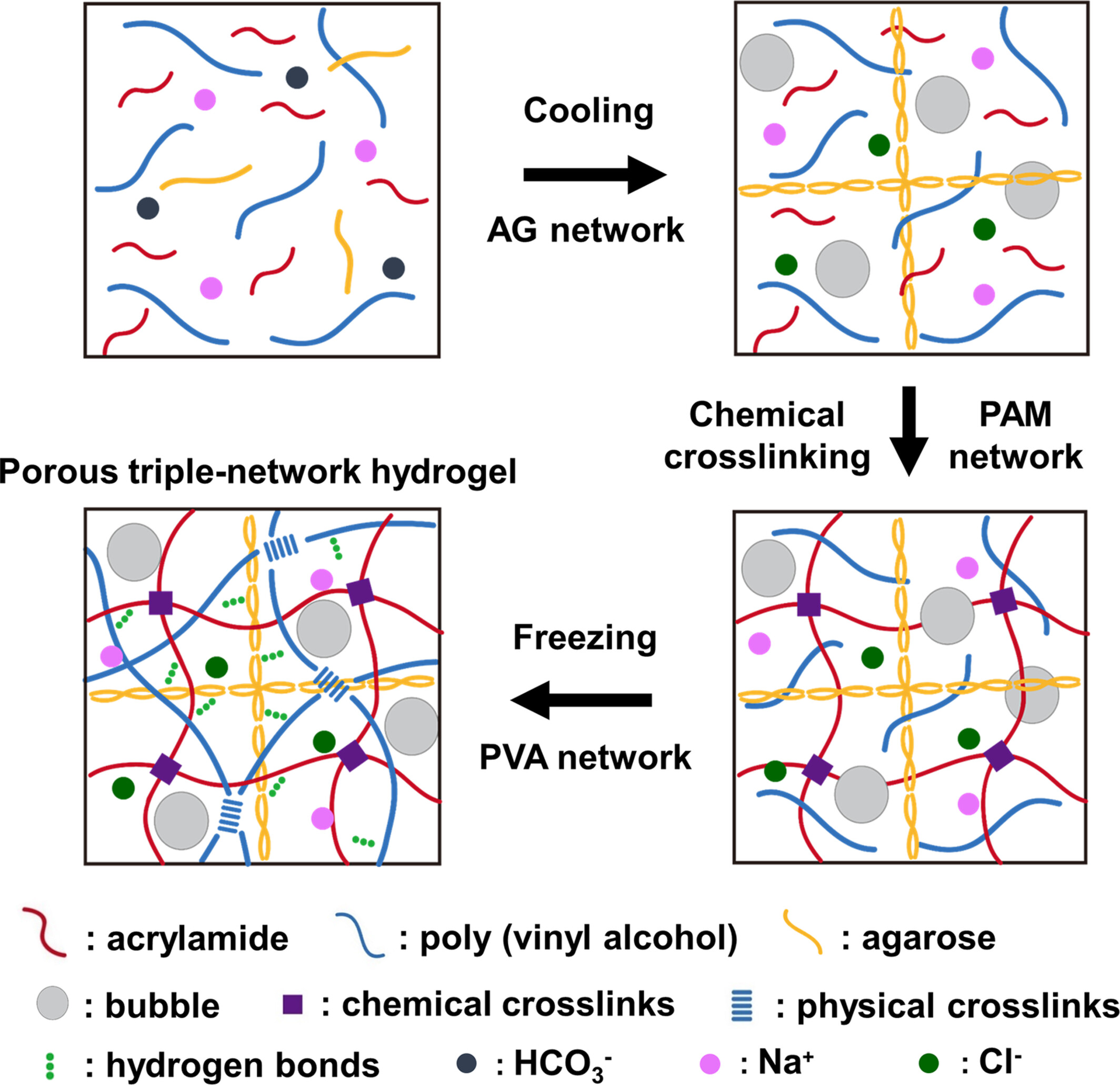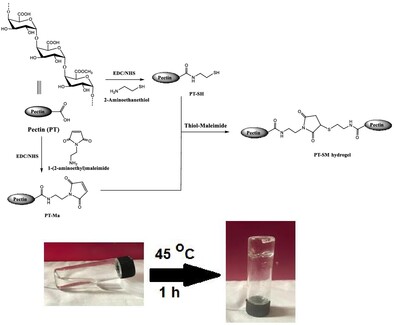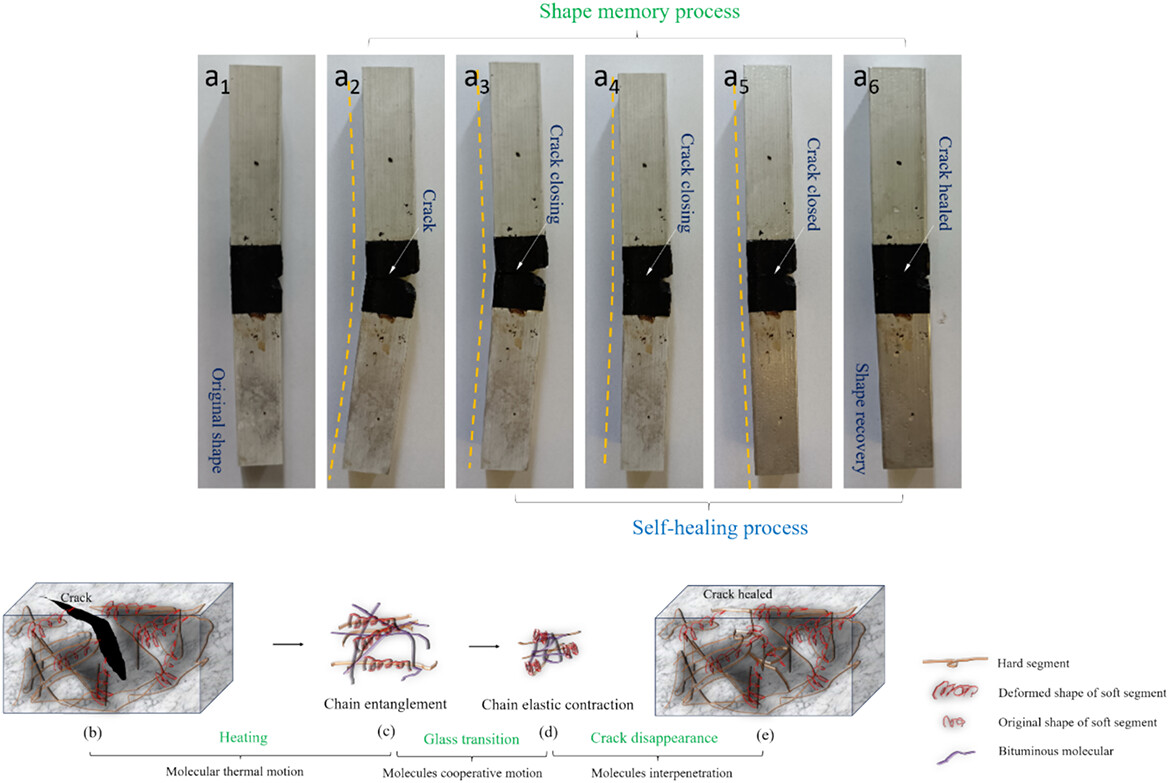Journal list menu
Export Citations
Download PDFs
COVER IMAGE
Cover Image, Volume 142, Issue 18
- First Published: 01 April 2025
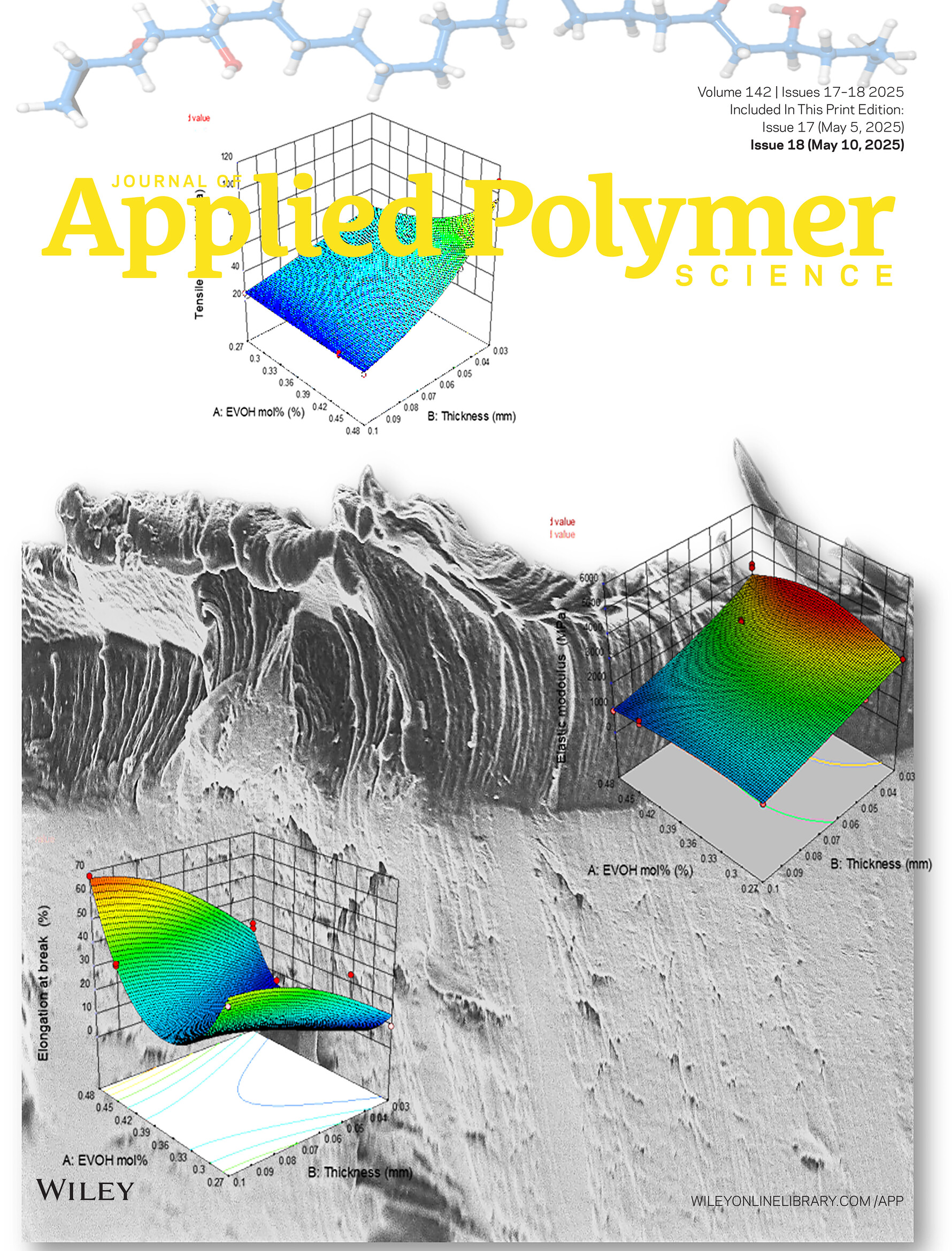
The cover image is based on the article Mathematical Modeling and Optimization of Poly(Ethylene Vinyl Alcohol) Film Thickness and Ethylene Composition Based on I-Optimal Design by Kowsar Rezvanian et al., https://doi.org/10.1002/app.56827.
ISSUE INFORMATION
RESEARCH ARTICLE
Colorimetric Dye-Loaded, Adhesive, and Stretchable Hydrogel Sensor: A Sensitive and Visible H2S Gas Sensing Platform
- First Published: 05 March 2025
Development and In Vitro Biological Evaluation of Hydrocolloid-Based Wound Dressings Incorporated With Capparis sepiaria Extract
- First Published: 07 February 2025
Flexible and Recyclable Epoxy Vitrimer With Improved Thermal Conductivity for Thermal Management
- First Published: 05 February 2025
PVA/CMC-Ag Polymer Blend Nanocomposites Prepared by Doping Bio-Derived Ag Nanoparticles and Their Structural, Thermal, Optical, Antimicrobial, and Electrical Characterization
- First Published: 31 January 2025
Effect of Curcumin Cross-Linked Epoxy Soybean Oil on Mechanical Properties and UV Resistance of Polylactic Acid
- First Published: 20 February 2025
The Sea-Island Structured EPDM/PP TPV With Shape Memory Performance In Situ Compatibilized by Magnesium Maleic and Maleic Anhydride
- First Published: 06 February 2025
Permeability of 3D Printed Acrylate Rubbers
- First Published: 07 February 2025
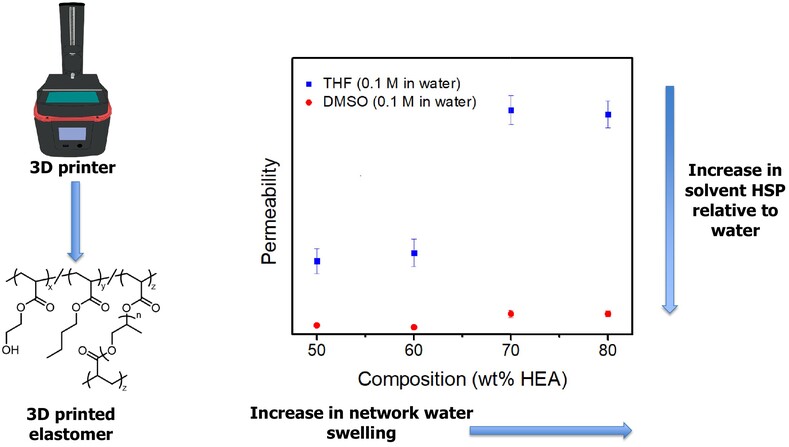
Model soft elastomers were readily prepared via vat photopolymerization additive manufacturing using common acrylate monomers and investigated regarding permeability to organic solvents in aqueous solution. Permeability experiments revealed that increased solvent permeability versus polymer composition was related to increased water uptake of the polymer, while increasing permeability magnitude correlated to the HSP values relative to the solution and the polymer.
Rheological and Thermal Behavior of Xanthan Gum Nanofluids Based on Hexagonal Boron Nitride Under High-Pressure and High-Temperature Conditions
- First Published: 08 February 2025
Anticancer Activity of Soy Lecithin-Based Curcumin in Prostate Cancer
- First Published: 11 February 2025
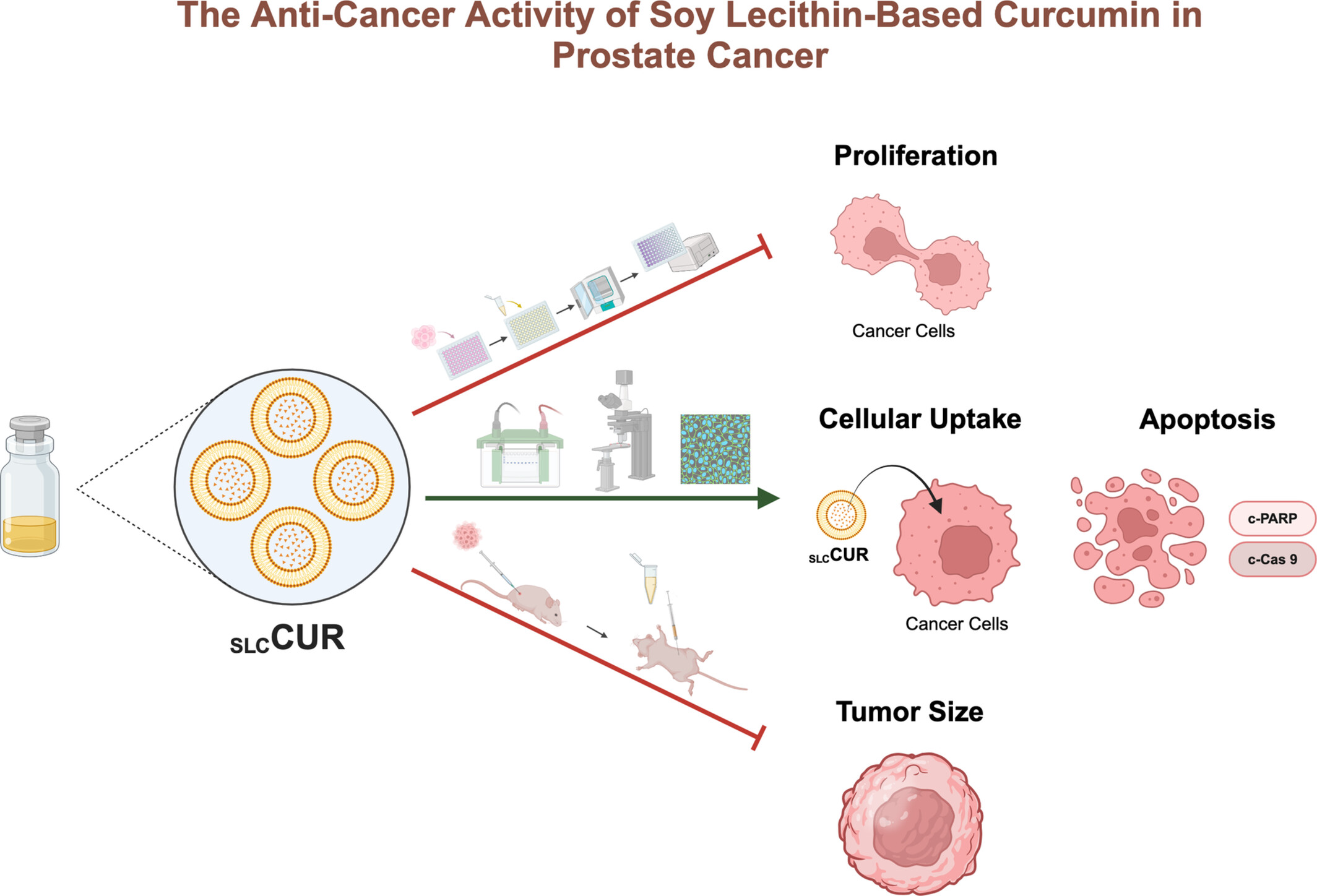
Prostate cancer, a fifth leading cause of cancer deaths, has prompted research into drug delivery. Curcumin, a phytochemical, shows significant anticancer properties but has limited use due to low bioavailability prompting the development of encapsulated formulations to enhance its efficacy. SLCCUR demonstrated a 15-fold higher uptake and greater cytotoxicity in prostate cancer cells than free curcumin (FCUR). In the 22Rv1 xenograft model, SLCCUR led to a tenfold greater tumor reduction than FCUR.
Benzoxazine/Micro-Arc Oxidation High-Temperature-Resistant Composite Coating With Superior Corrosion Protection Performance on Magnesium Alloy
- First Published: 09 February 2025
A Transparent, Abrasion-Resistant Anti-Fog Coating on Glass Substrates
- First Published: 07 February 2025
Functional Polyimide/CsxWO3 Composite Aerogel With Photothermal Conversion Ability and Thermal Insulation Performance
- First Published: 04 February 2025
Enhancement of Antibacterial and Hydrophilic Properties of LDPE Surfaces by Benzoxazine-Chitosan Coatings: Structure and Performances
- First Published: 04 February 2025
Synthesis of Hyper-Crosslinked Polymers From 9-Bromophenanthrene and Octavinylsilsesquioxane for High Adsorption of Rhodamine B, Congo Red and I2 Vapor Assisting With CBr⋯π Interaction
- First Published: 05 February 2025
Self-Healing Waterborne Polyurethane With Enhanced Mechanical Properties Based on Nano-Silica
- First Published: 07 February 2025
Fabrication of Lightweight Polyimide Aerogels With Excellent Mechanical and Thermal Properties by Changing the Dianhydride Structures
- First Published: 20 February 2025
A Polypyrrole/Carbon Nanotube Based Hydrogel Sensor With High Sensitivity for Strain Detection
- First Published: 20 February 2025
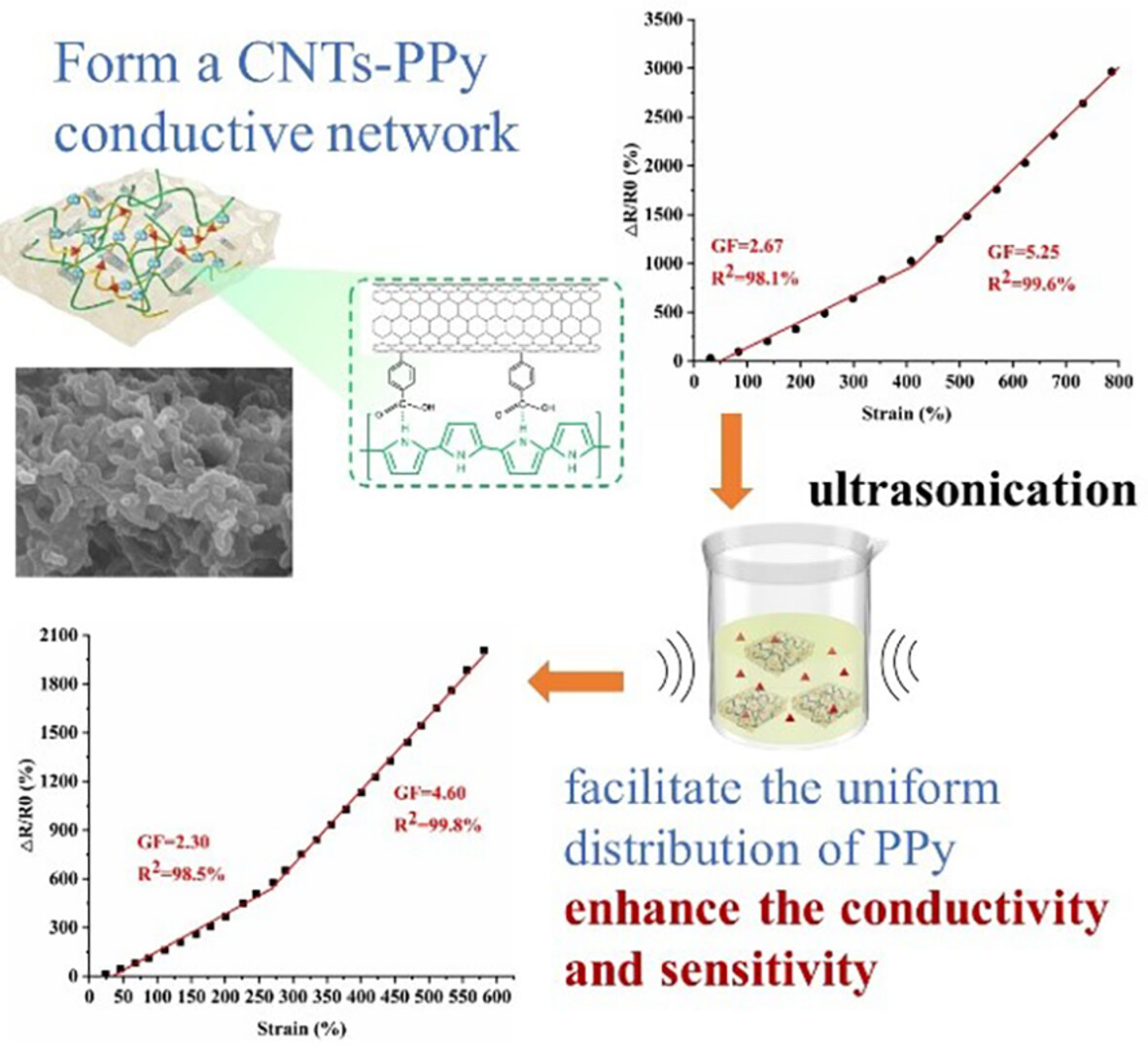
In this study, a dual-network conductive hydrogel based on polyacrylamide (PAAM), sodium alginate (SA), carbon nanotubes (CNTs), and polypyrrole (PPy) nanoparticles was constructed for the fabrication of high-sensitivity strain sensors. Ultrasonic oscillation was used to promote the uniform distribution of PPy in the hydrogel matrix, enhancing the conductivity and sensitivity of the hydrogel.
From the Design of LIonomers to the Development of Maleic Anhydride-Grafted-Polypropylene (PPgMA) Microcellular Foams
- First Published: 13 February 2025
Nano-SiO2 Composite Solid Polyelectrolyte Membranes Based on Bis-Imidazole Cationic-Functionalized Benzonorbornadiene Block Copolymers for Solid-State Lithium-Ion Batteries
- First Published: 05 February 2025
Mathematical Modeling and Optimization of Poly(Ethylene Vinyl Alcohol) Film Thickness and Ethylene Composition Based on I-Optimal Design
- First Published: 23 February 2025
Influence of Branch Side-Chains on the Foaming Properties of Thermoplastic Polyether Ester Elastomers in Supercritical CO2
- First Published: 06 February 2025
Core–Shell Structured BaTiO3@Polyethylene in Low-Density Polyethylene: Modulation of Dispersion Structure and Improvement of Dielectric Properties
- First Published: 03 February 2025
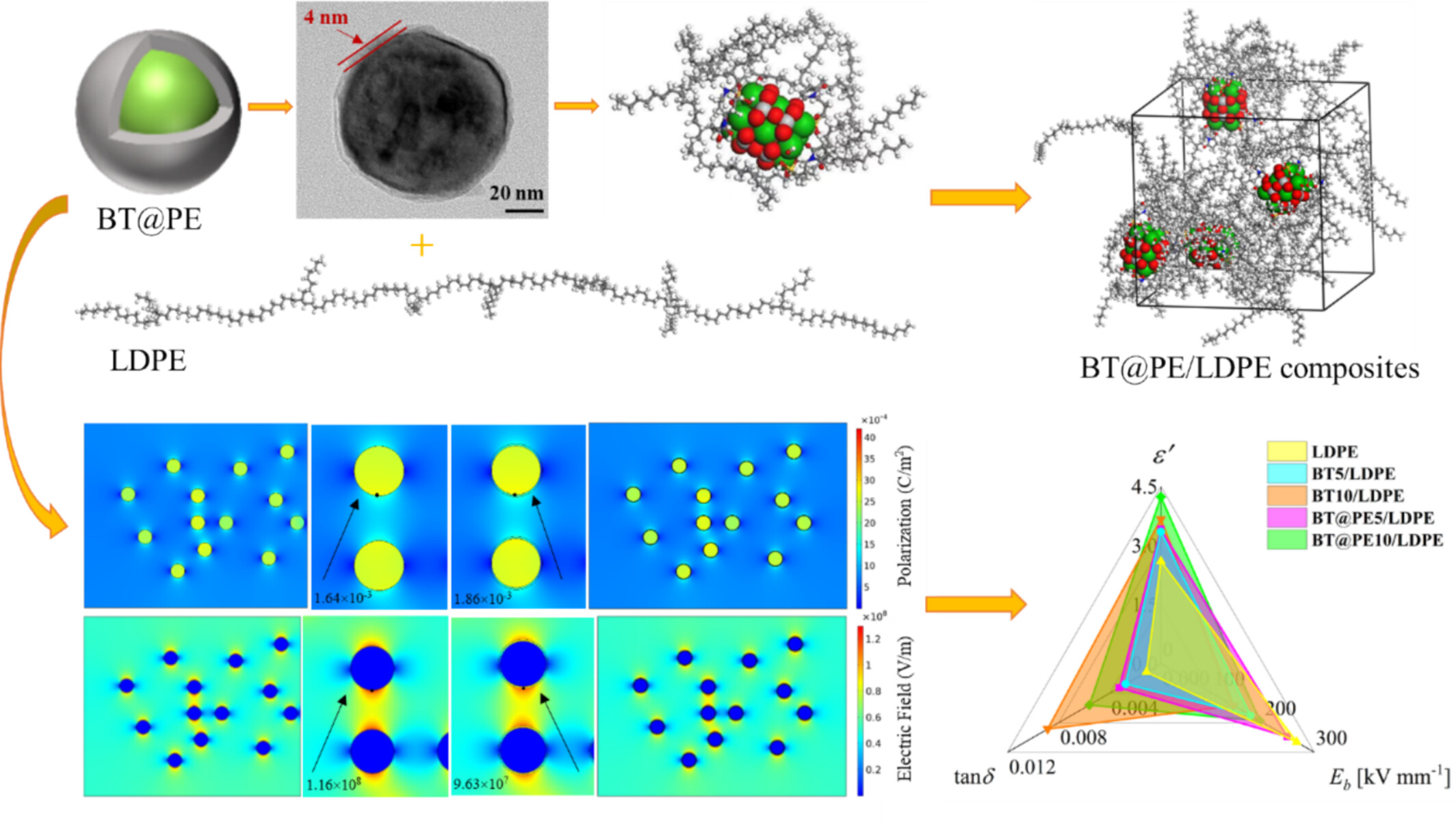
The BT@PE nanoparticles modulated the dispersion structure of nanoparticles by changing the intermolecular interactions, and optimized the electric field distribution inside the composites. Meanwhile, the core–shell structured BT@PE formed a microscopic interfacial layer structure, which increased the interfacial polarization and suppressed the electric field distortion. BT@PE nanoparticles simultaneously enhanced the dielectric constant and breakdown strength of the composites.
The Synergistic Effect of Ammonium Polyphosphate and a N/P/Si-Containing Intumescent Flame Retardant on the Flame-Retardant Properties of Polylactic Acid
- First Published: 11 February 2025
Rapid Synthesis of Molybdenum Disulfide@Ferric Oxide Nanomaterials Using Gamma Rays for the Efficient Improvement of the Flame Retardancy and Mechanical Properties of EVA/Magnesium Hydroxide Composites
- First Published: 09 February 2025
Hydrophilic Photothermal Polydopamine/Polyurethane Foam for Efficient Solar-Driven Water Evaporation
- First Published: 08 February 2025
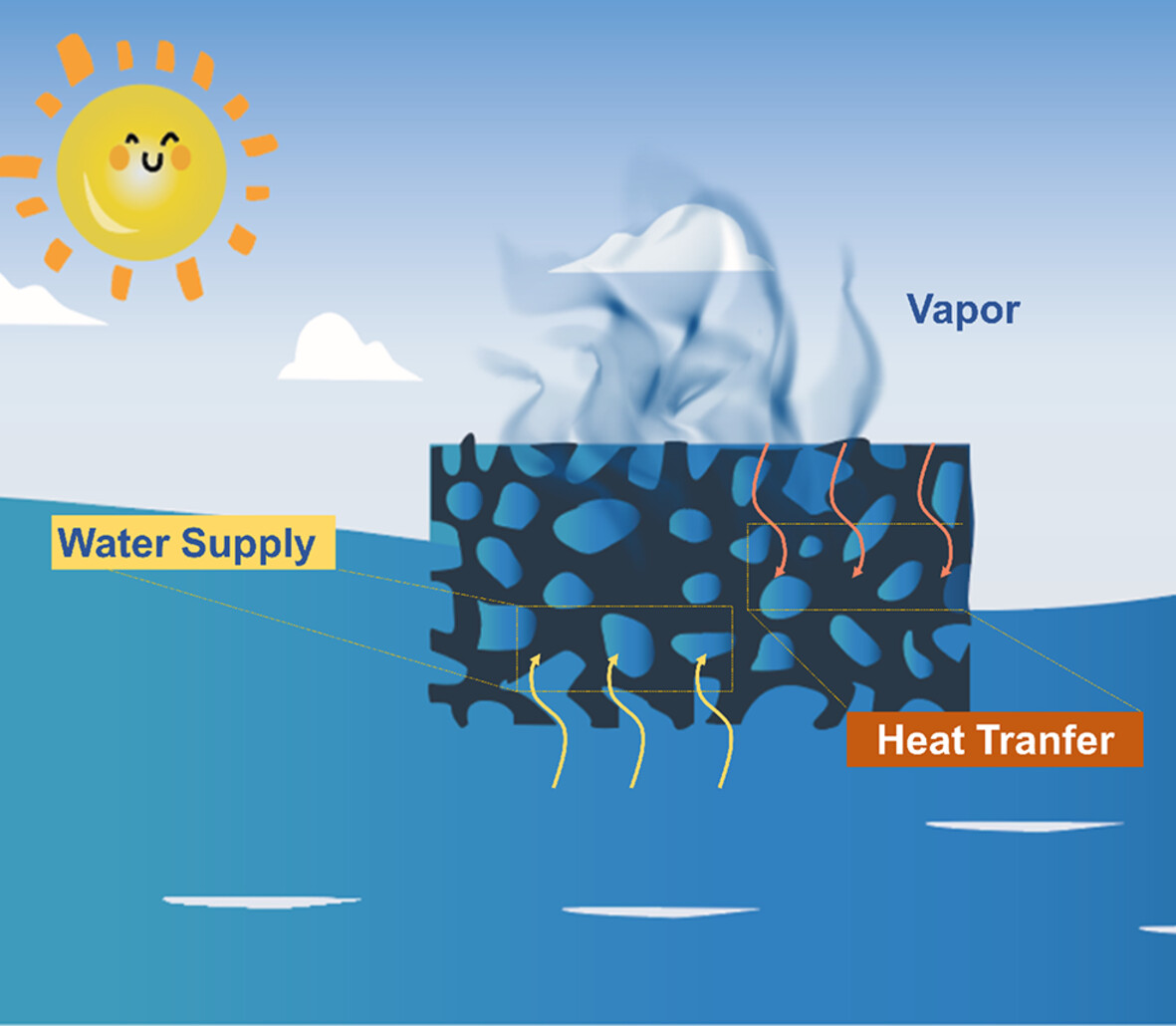
Hydrophilic PDA/PU foams with porous 3D structure were developed by facile dip-coating method. Benefiting from the good hydrophilicity and excellent photothermal effect of PDA, and porous 3D structure and great stability of the PU foam, the PDA/PU foam exhibits high-efficient solar-driven water evaporation capacity revealing great potential in the economical and eco-friendly seawater desalination.
Fabrication and Characterization of Polyester Fabric Surface-Coated Indium Tin Oxide for Infrared Shielding Application
- First Published: 13 February 2025
Prediction of Tribological Properties of PC-PBT/GNP-MWCNT Nanocomposites Using Machine Learning Models
- First Published: 08 February 2025
Structural, Optical, and Electrical Characteristics of Synthesized Novel and Flexible PCCCe Polymer Nanocomposites for EMI Shielding Applications
- First Published: 10 February 2025
Porous PVA-PAM-AG Multi-Network Hydrogel With High Mechanical Strength
- First Published: 12 February 2025
Synthesis of Functional Pectin-Based Hydrogels via Thiol-Maleimide Click Reaction for Enhanced Drug Encapsulation and Release
- First Published: 12 February 2025
Smart Self-Healing Bituminous Material Modified by Shape Memory Polymer of Polynorbornene
- First Published: 08 February 2025
RETRACTION
RETRACTION: Preparation and Performance Evaluations of Electrospun Poly(ε-Caprolactone), Poly(lactic Acid), and Their Hybrid (50/50) Nanofibrous Mats Containing Thymol as an Herbal Drug for Effective Wound Healing
- First Published: 09 March 2025
RETRACTION: Preparation and Performance Evaluation of Tetracycline Hydrochloride Loaded Wound Dressing Mats Based on Electrospun Nanofibrous Poly(lactic Acid)/Poly(ϵ-Caprolactone) Blends
- First Published: 11 March 2025




